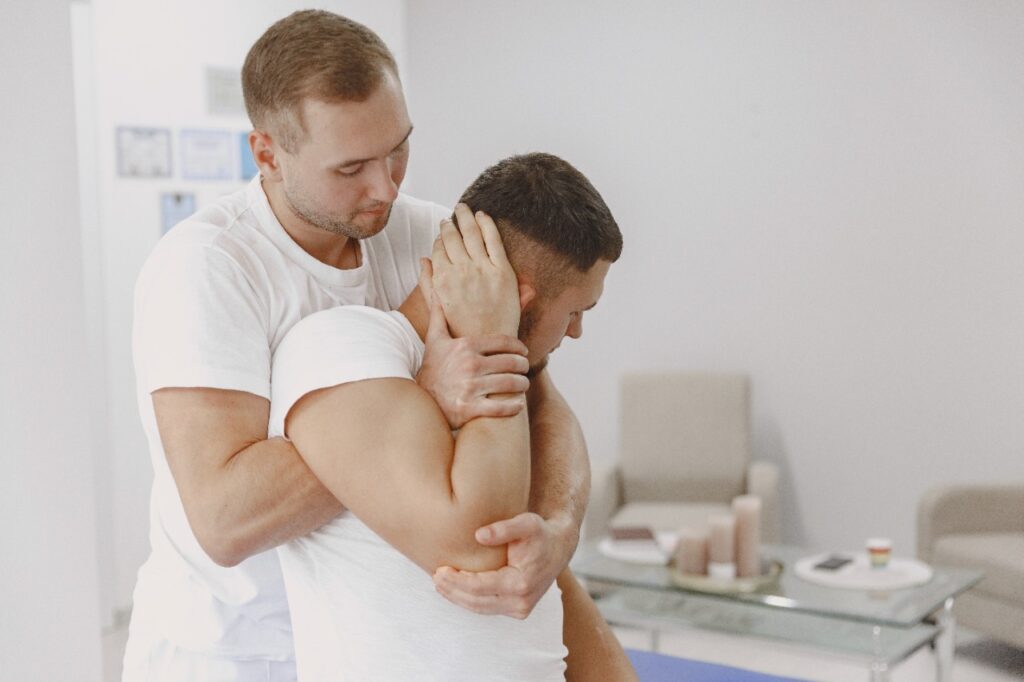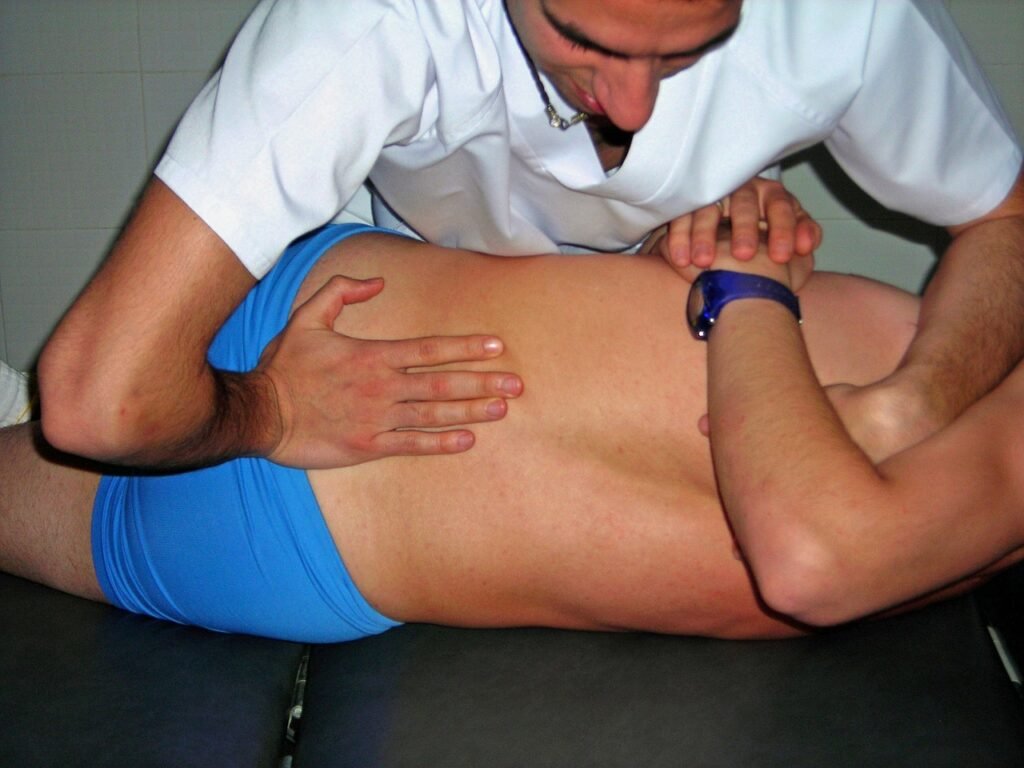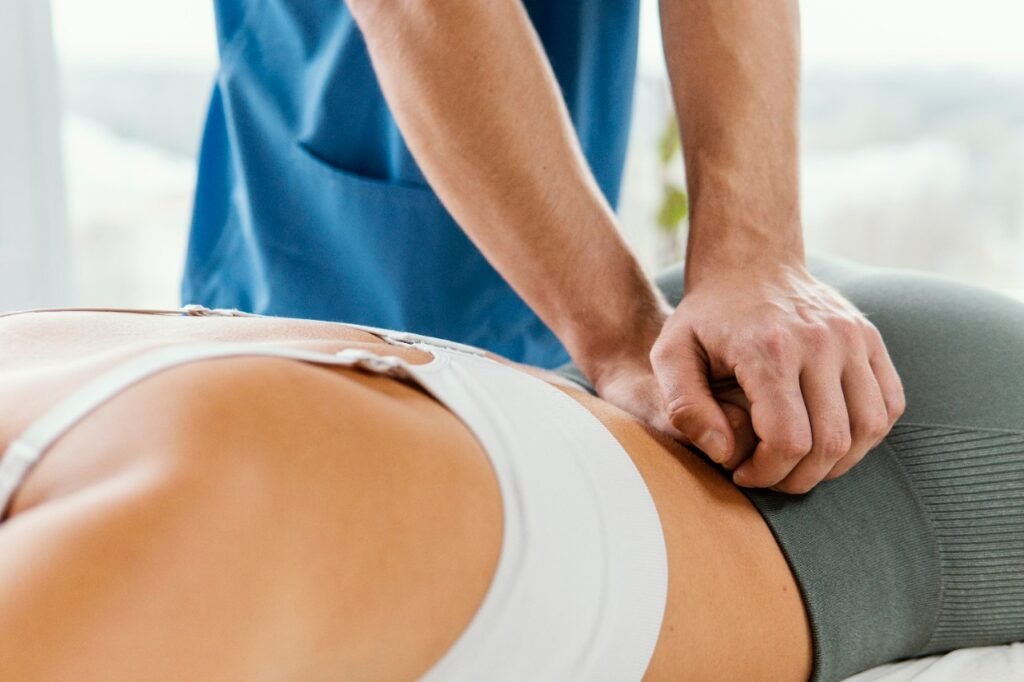During your first osteopathy session, the osteopath will ask about your symptoms, general health and any other medical care you’re receiving before carrying out a physical examination.
The osteopath will use their hands to find areas of weakness, tenderness, restriction or strain within your body, particularly the spine.
With your consent, you’ll probably need to remove some clothing from the area being examined, and you may be asked to perform simple movements.
You should then be able to discuss whether osteopathy can help treat the problem and, if so, what the treatment programme should involve.
Osteopaths are trained to identify when a patient needs to be referred to a GP or needs further tests, such as MRI scans or blood tests, to help diagnose the problem.
Osteopathic techniques
An osteopath aims to restore the normal function and stability of the joints to help the body heal itself. They use their hands to treat your body in a variety of ways, using a mixture of gentle and forceful techniques.
Techniques are chosen based on the individual patient and the symptoms they have reported.
These include:
• massage – to release and relax muscles
• stretching stiff joints
• articulation – where your joints are moved through their natural range of motion
• high-velocity thrusts – short, sharp movements to the spine, which normally produce a clicking noise similar to cracking your knuckles
These techniques aim to reduce pain, improve movement and encourage blood flow.
Osteopathy is not usually painful, although it’s not unusual to feel sore or stiff in the first few days after treatment, particularly if you’re having treatment for a painful or inflamed injury.
Your osteopath will explain whether you’re likely to have any reactions. If you feel any pain during or after treatment, tell your osteopath.
You may be given advice on self-help and exercise to aid your recovery and prevent symptoms returning or getting worse.
In general, the first appointment will last about 45 minutes to an hour. Further treatments last around 30 minutes. Your course of treatment will depend on your symptoms.
Source: https://www.nhs.uk/conditions/osteopathy/what-happens/



